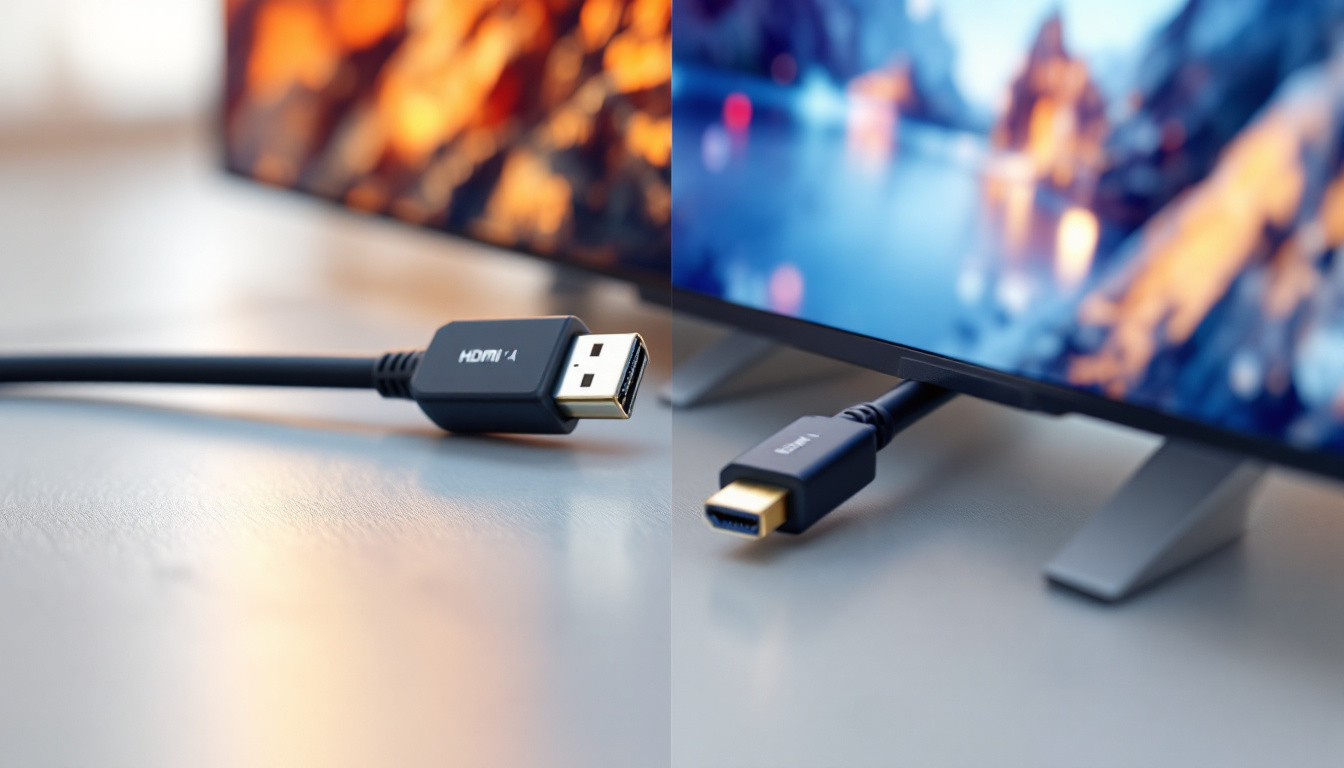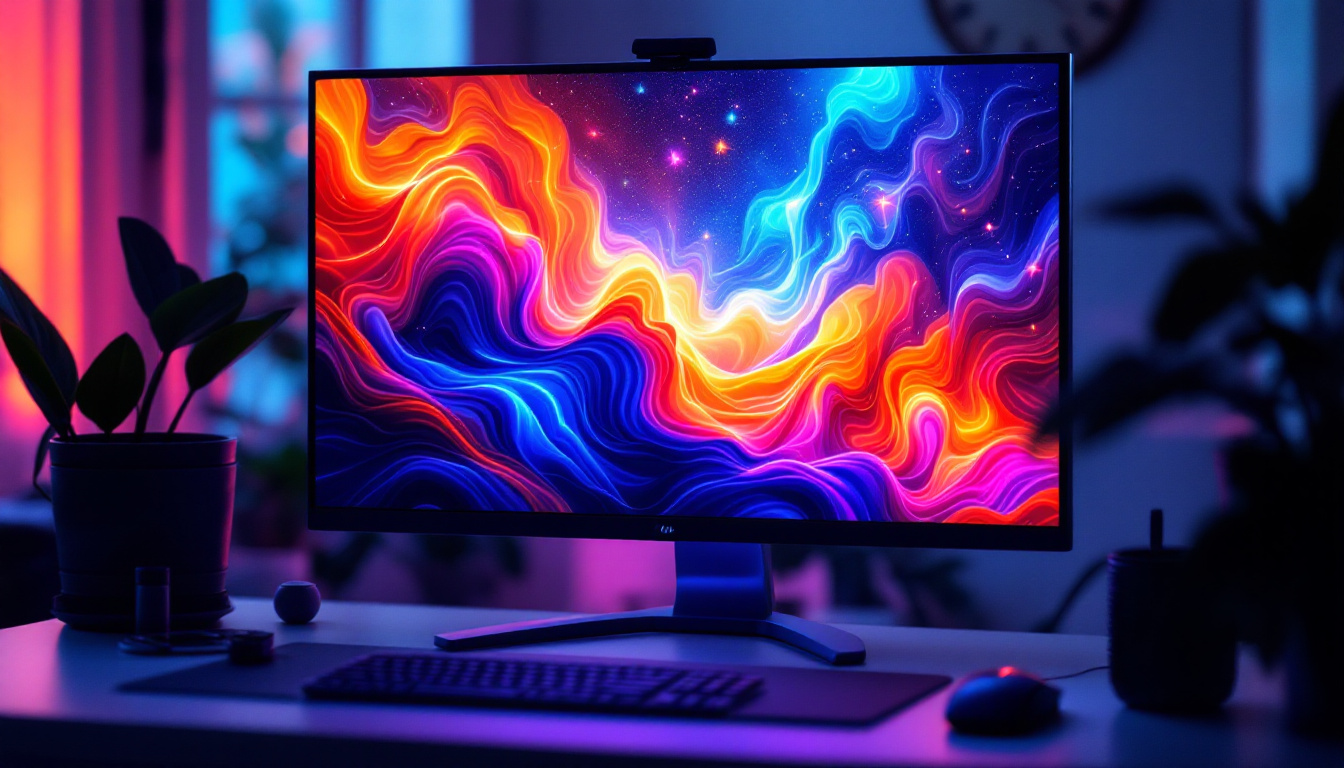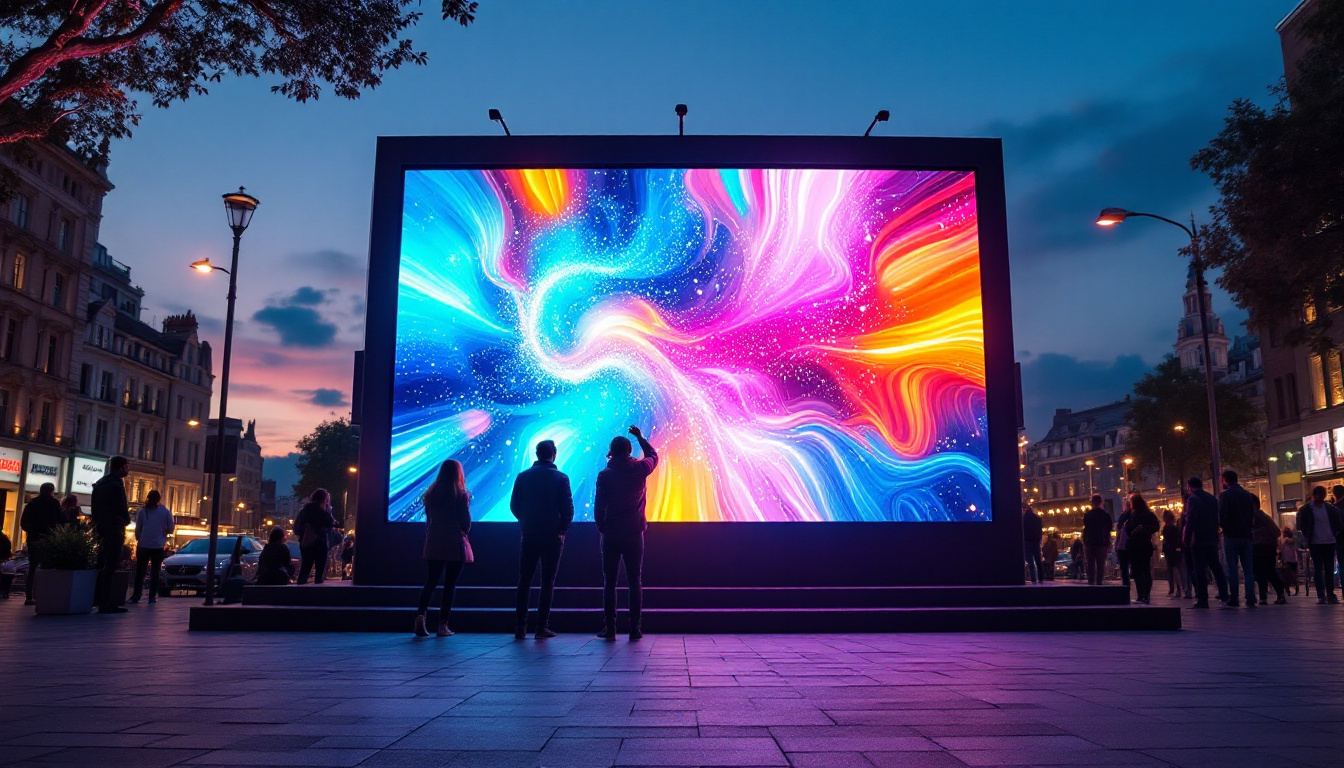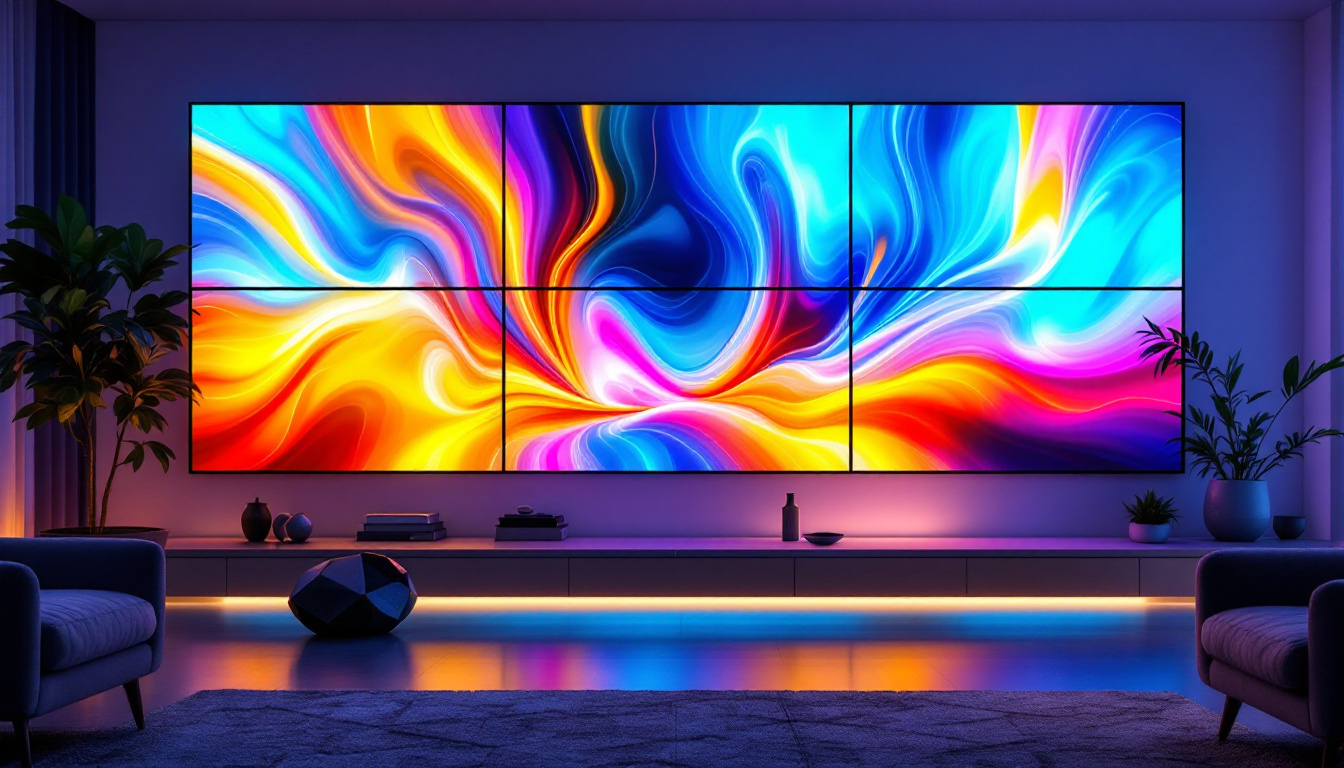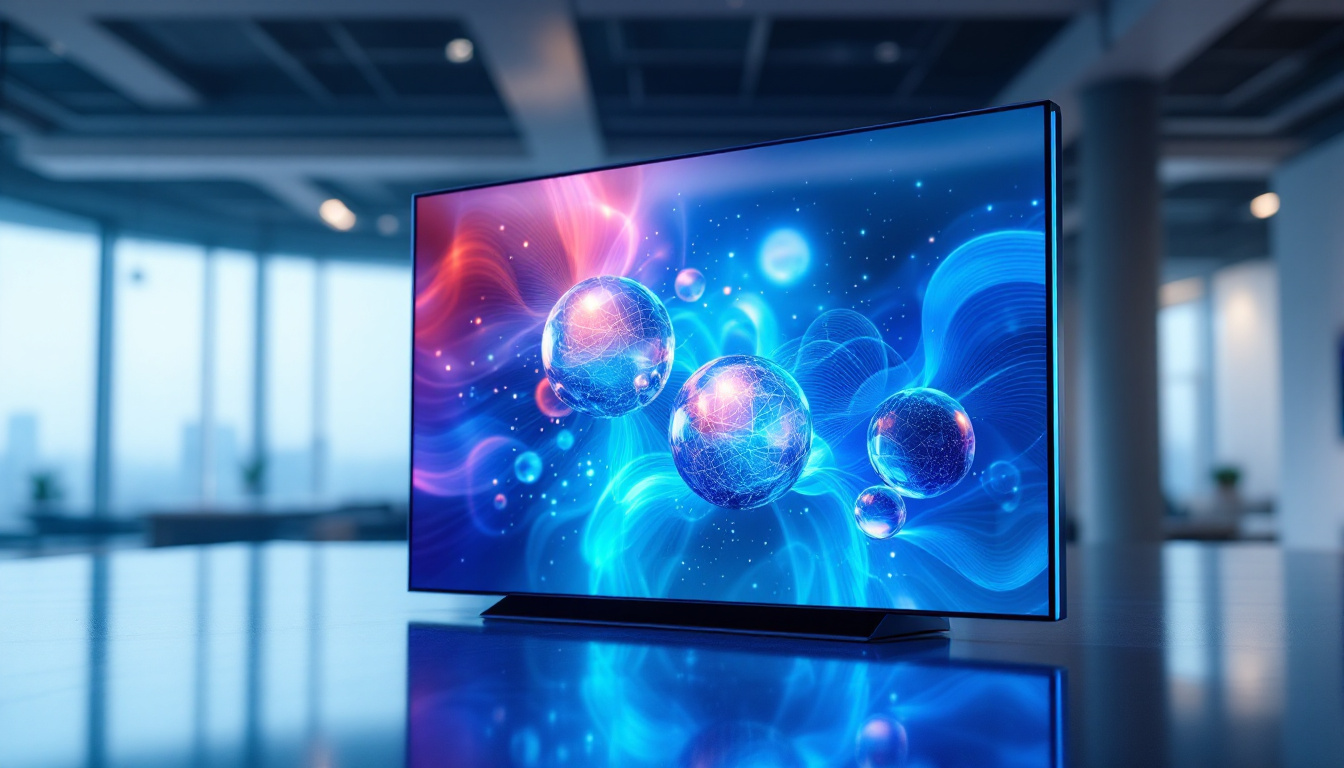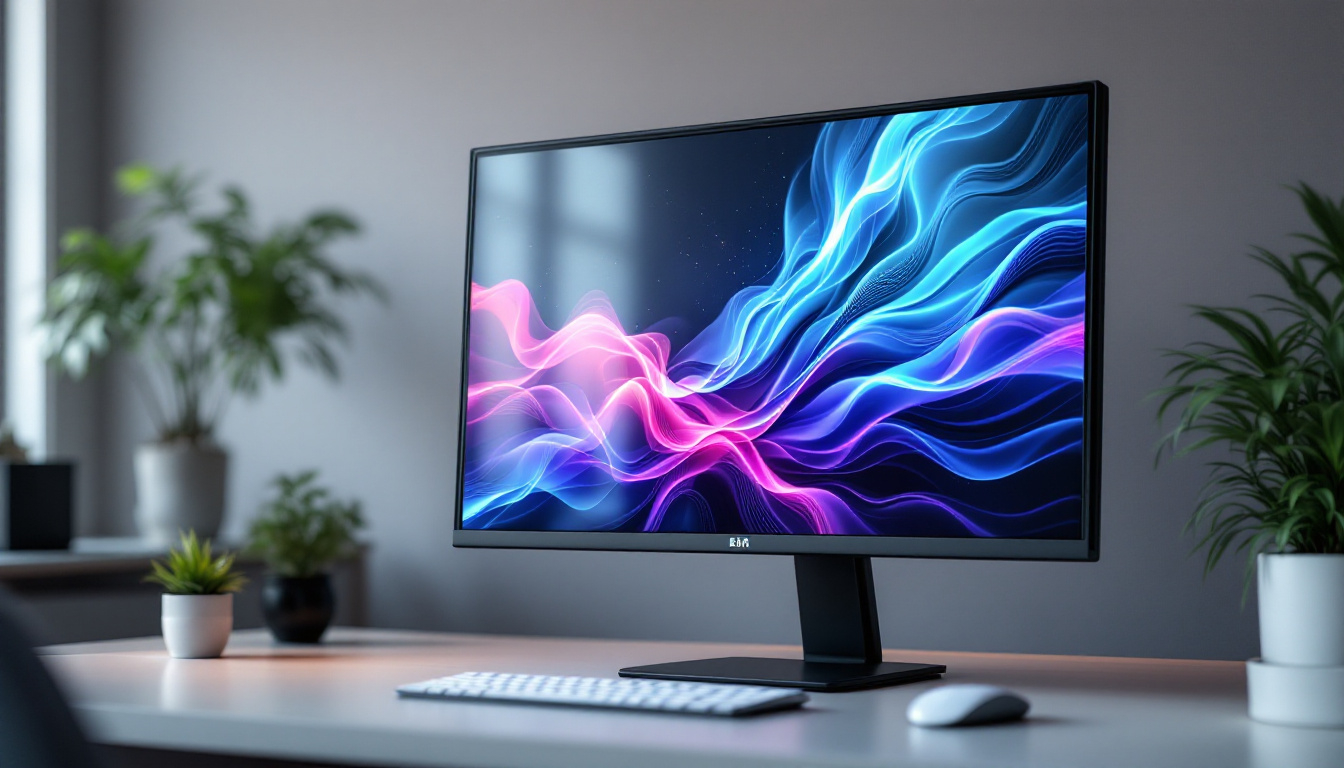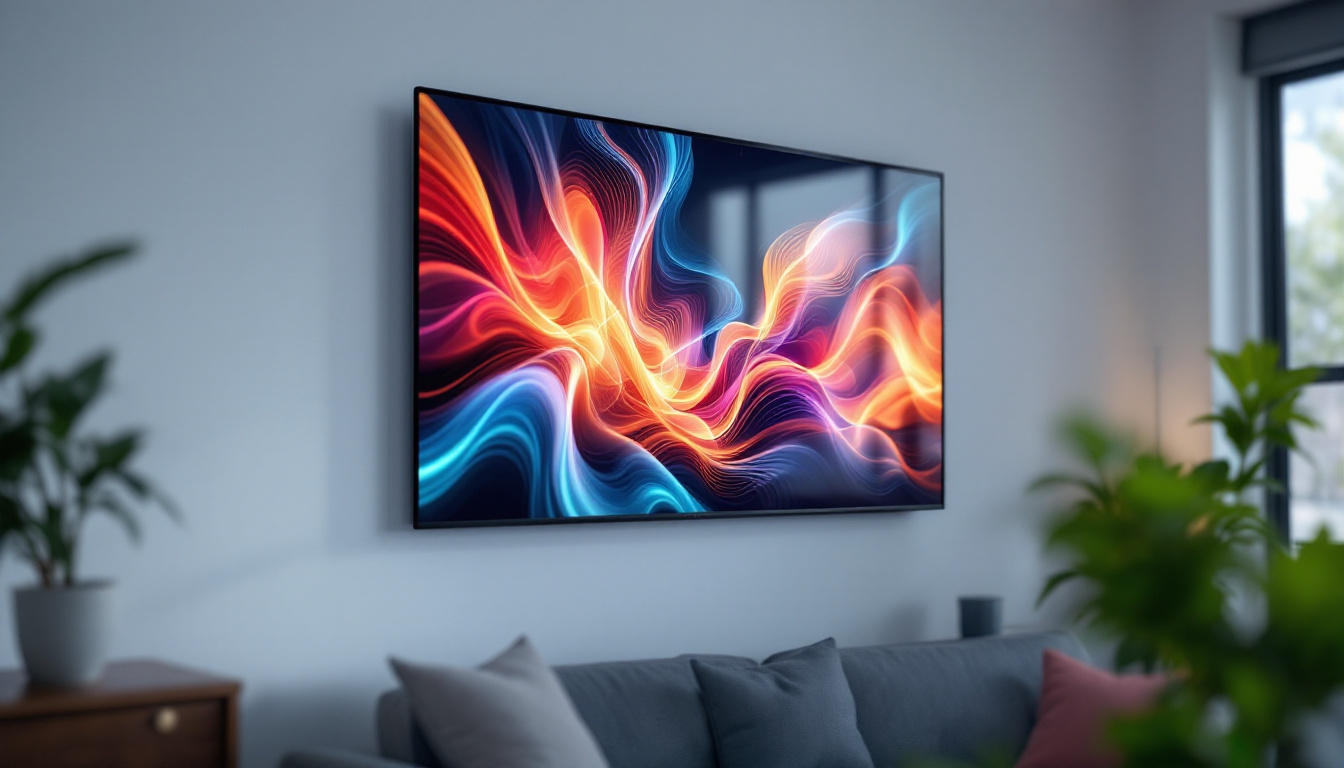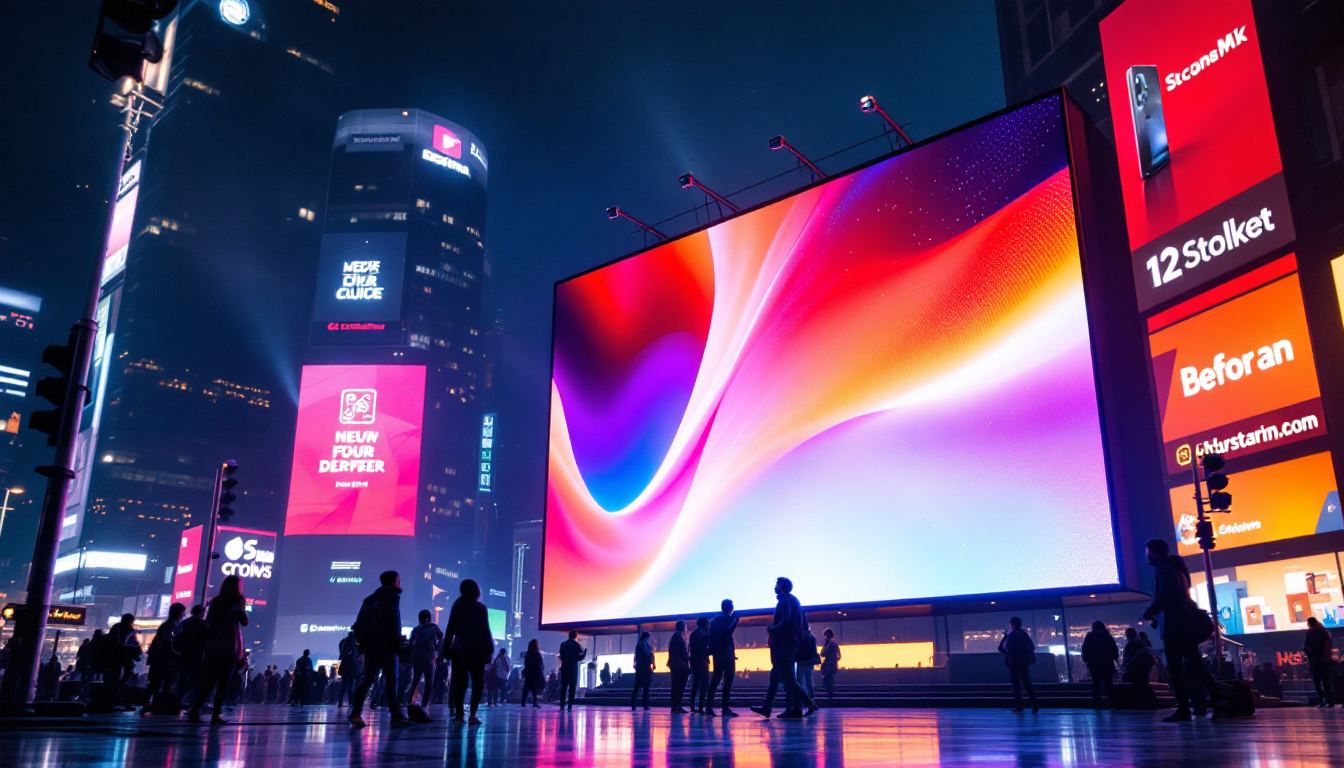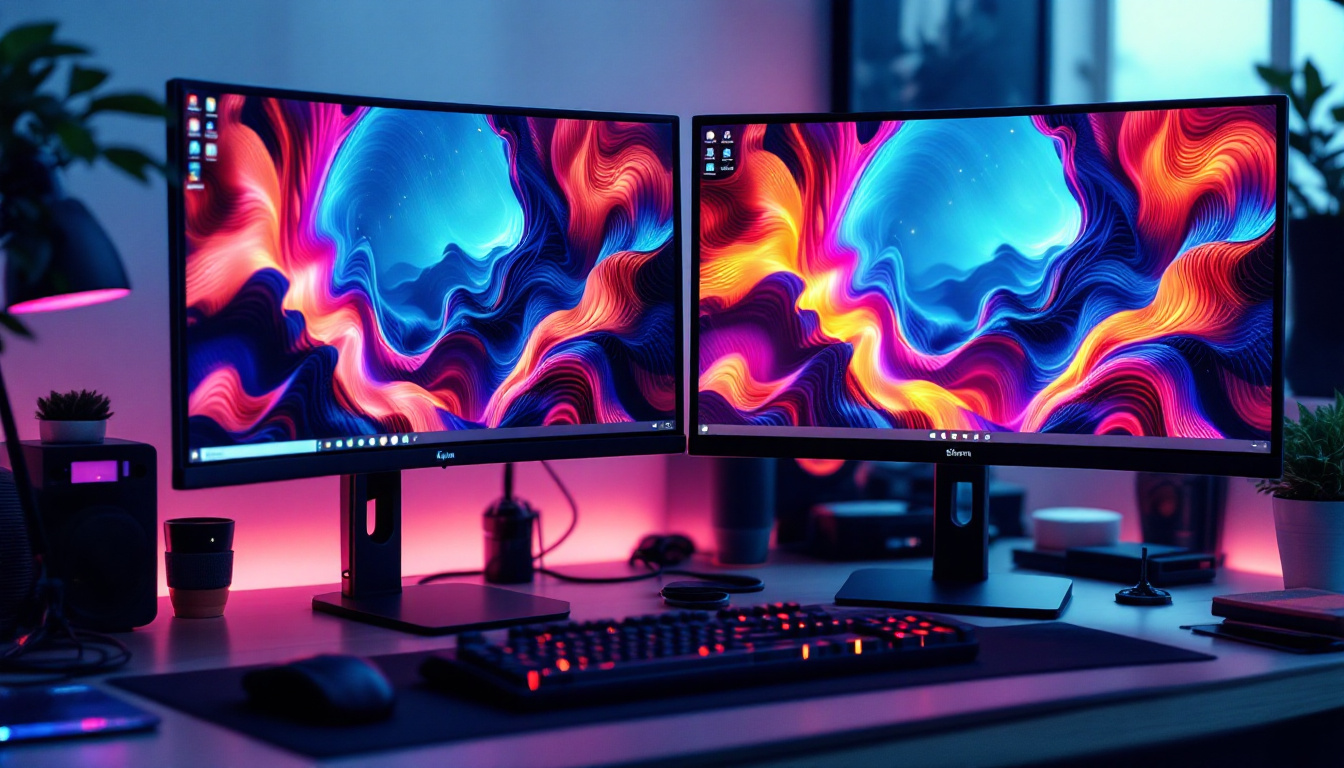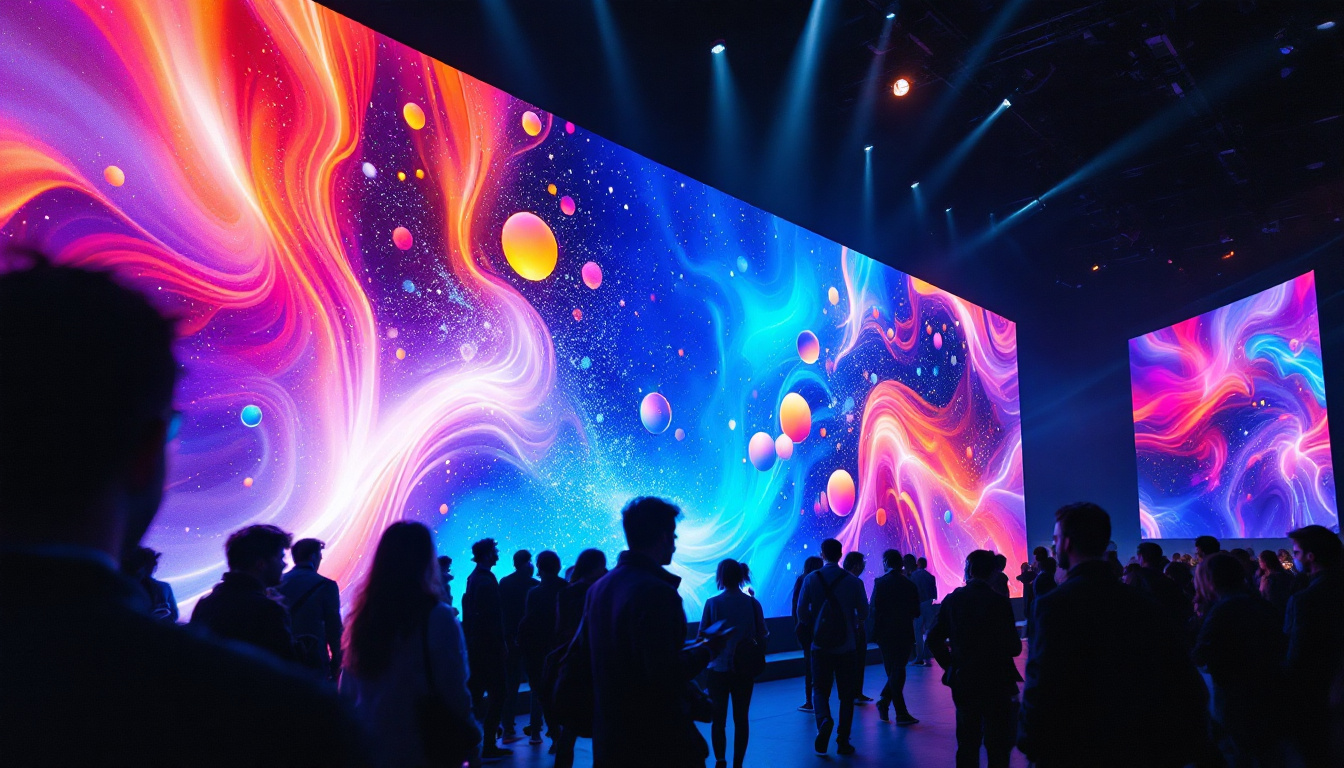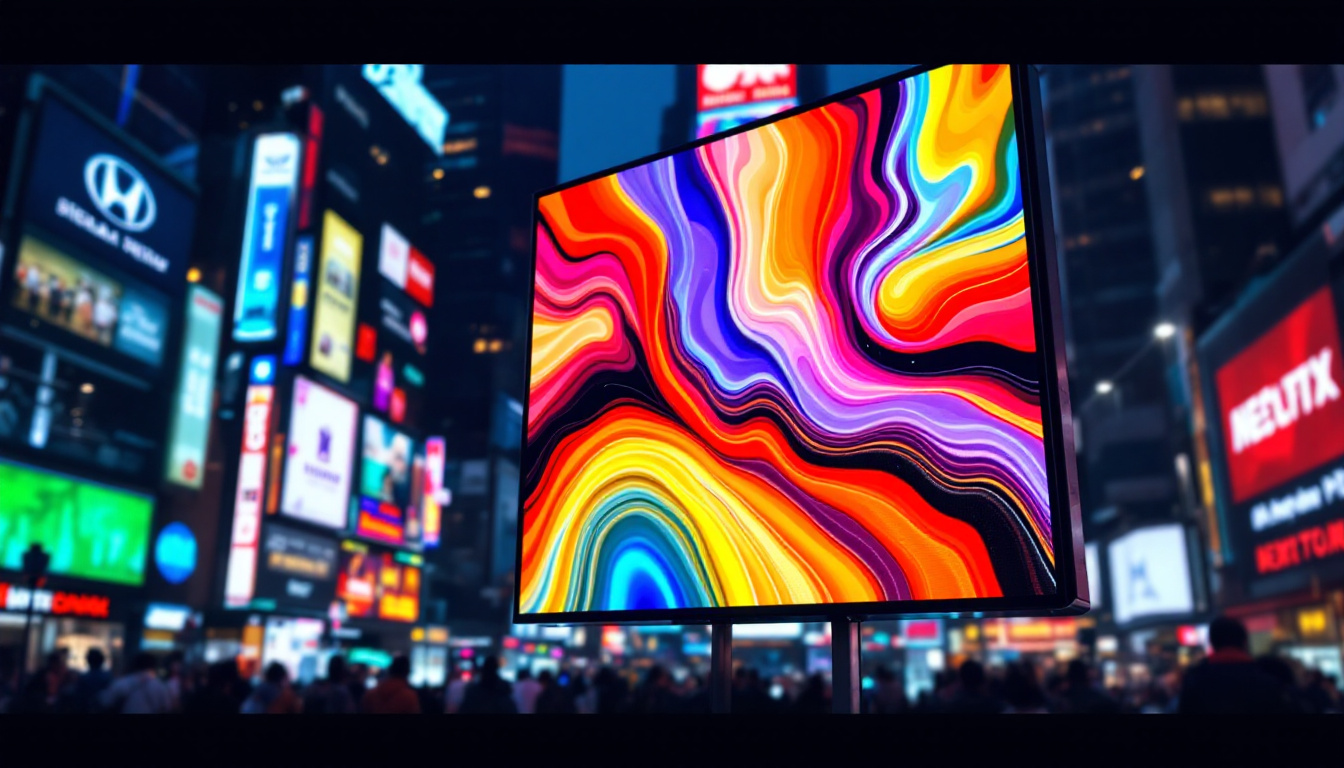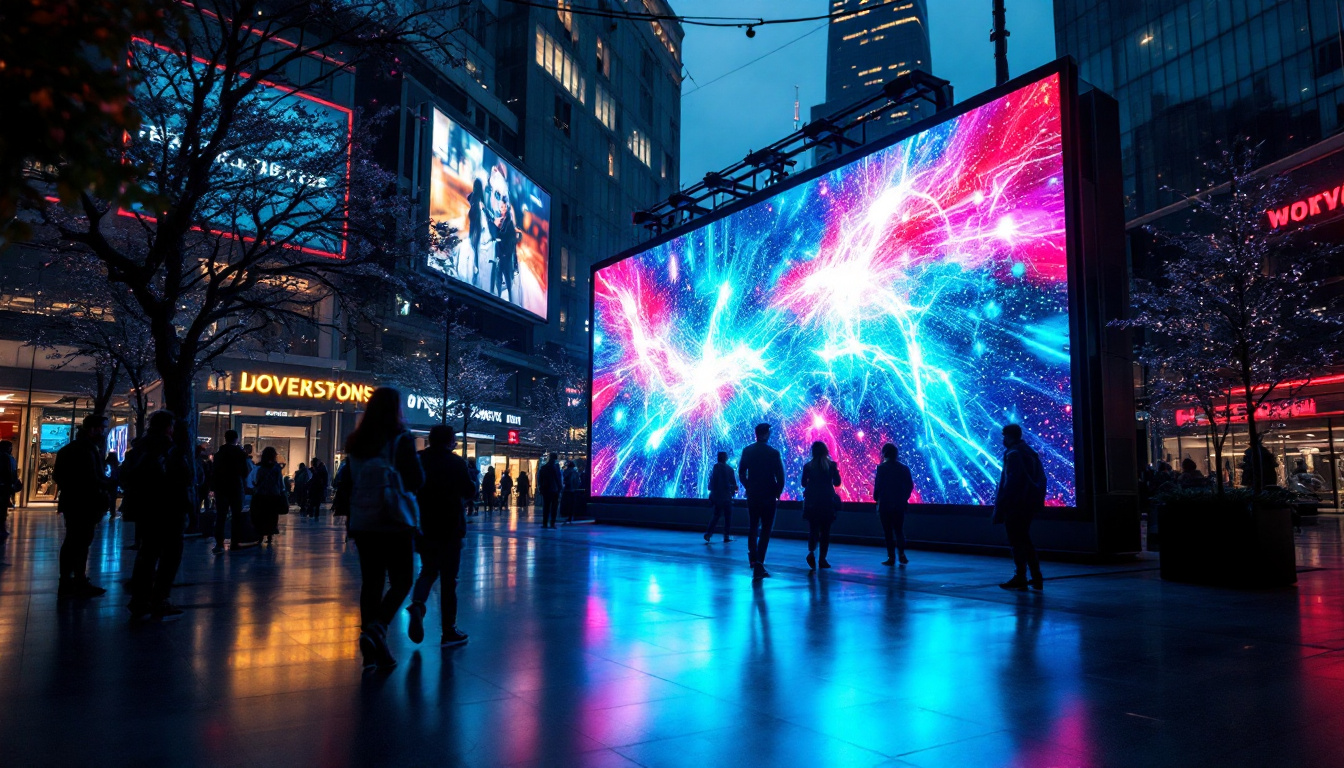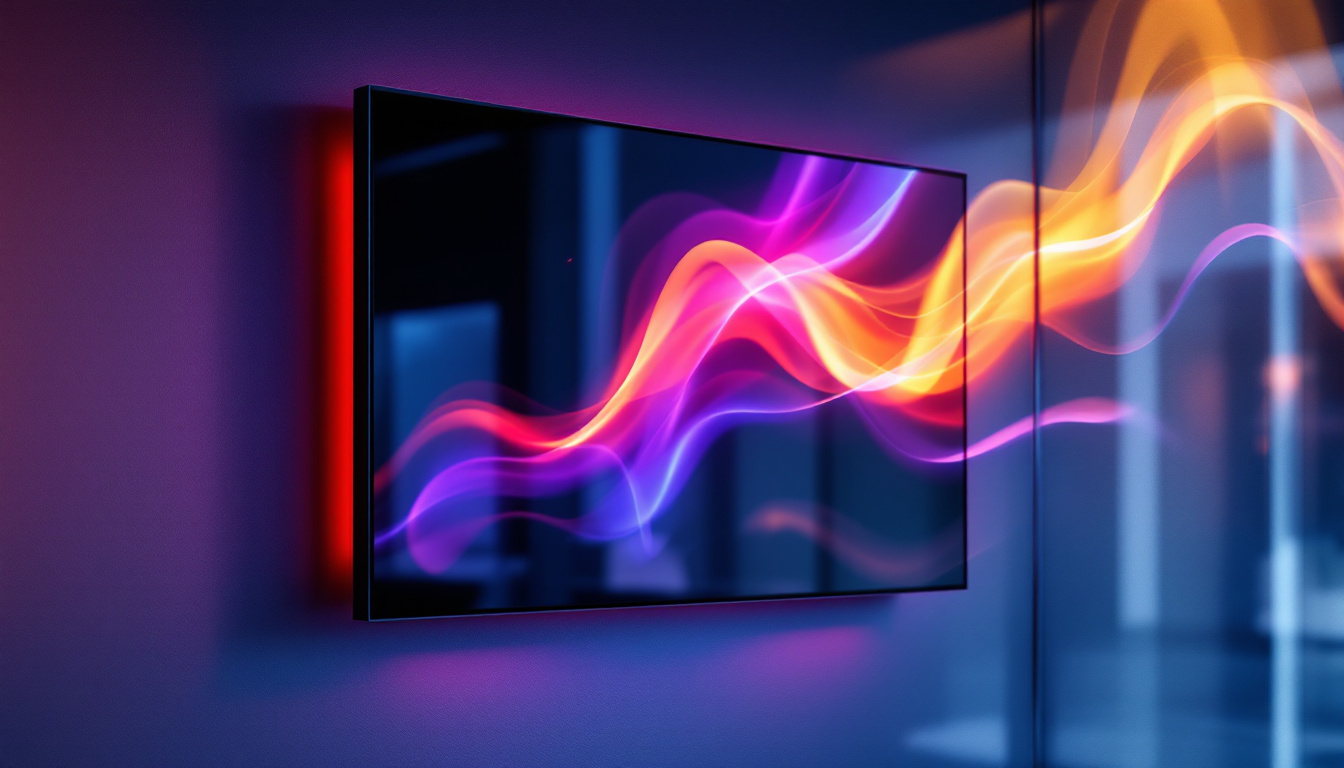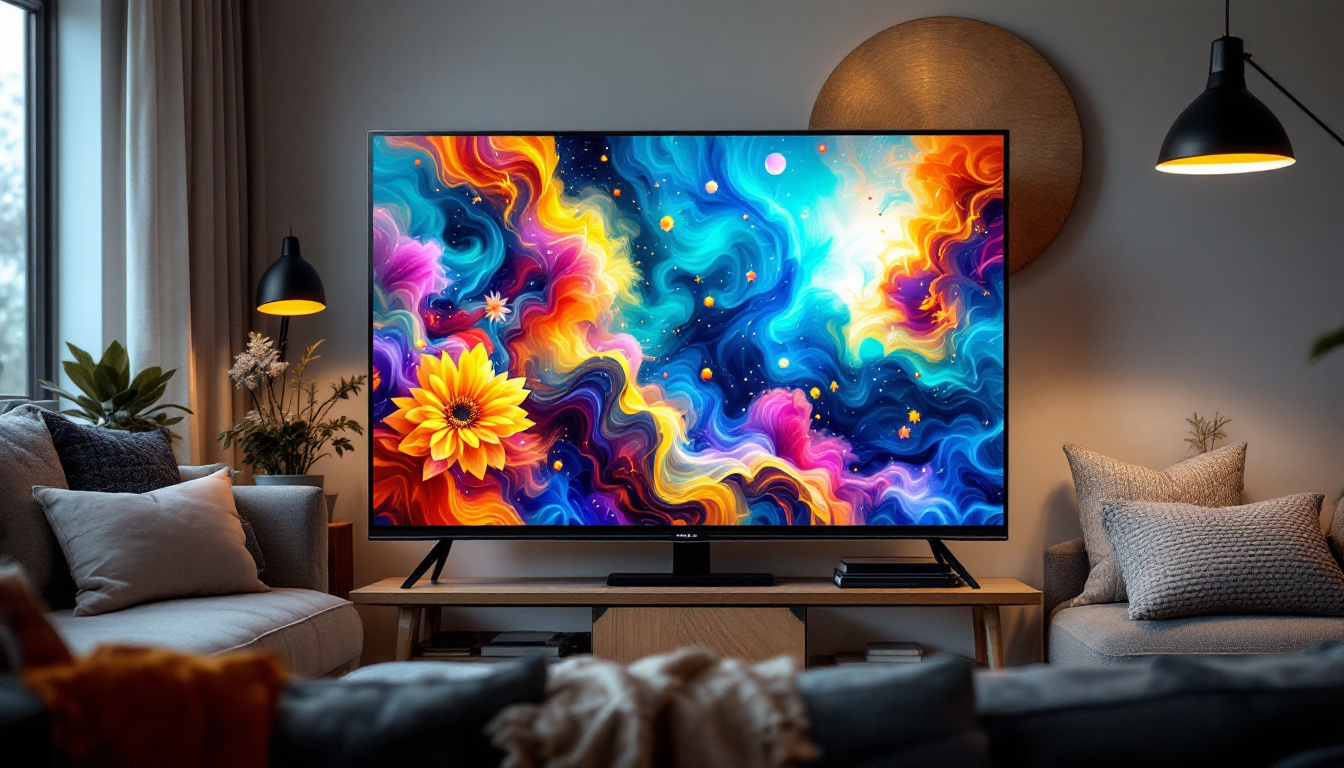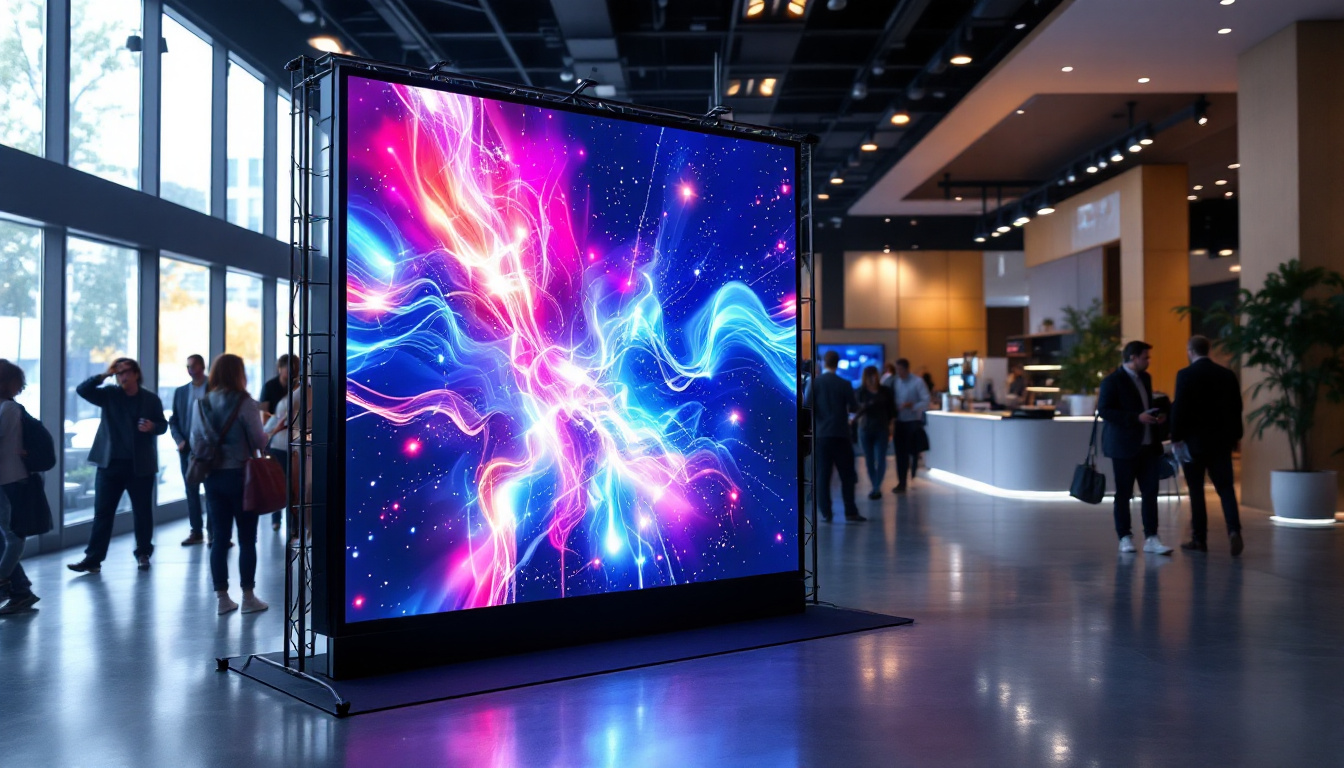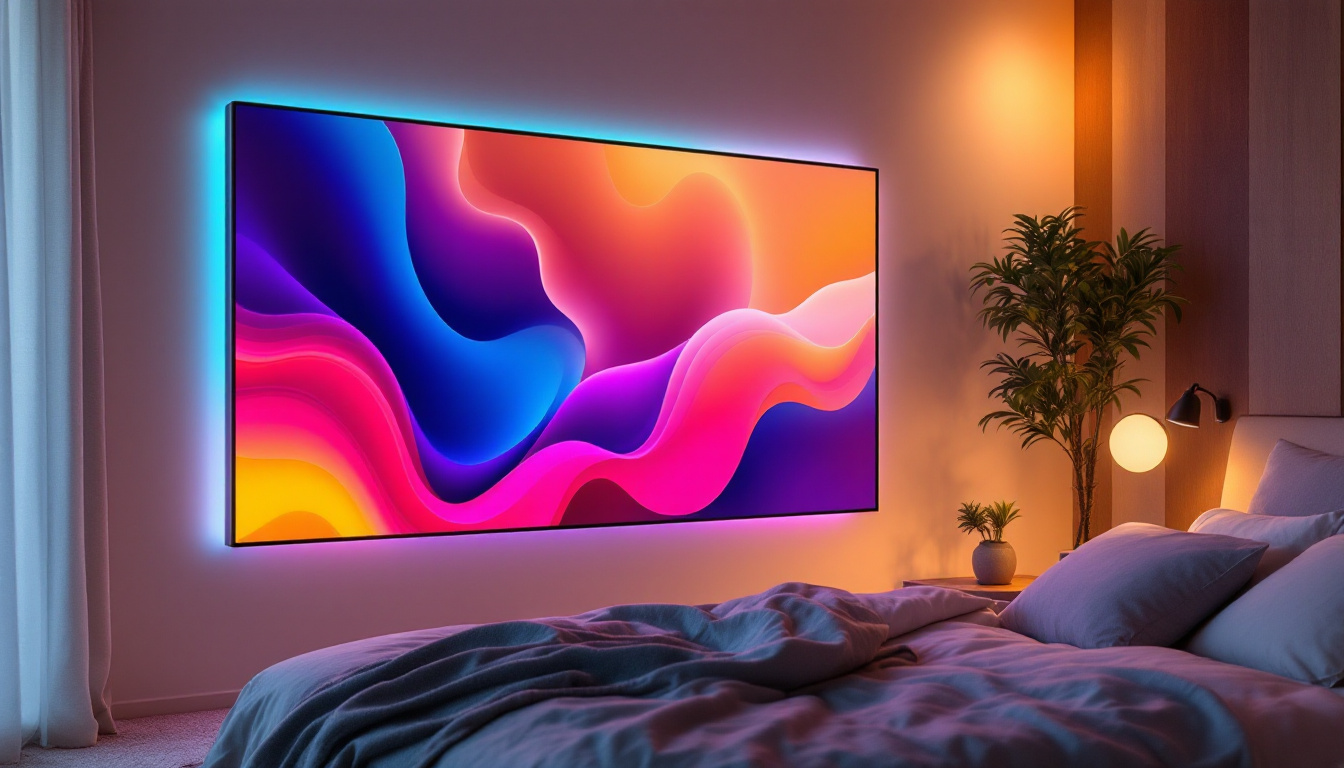Understanding DisplayPort 1.4 and HDMI 2.0
In the world of digital displays, two prominent interfaces have emerged as leaders in connecting devices: DisplayPort 1.4 and HDMI 2.0. Each of these technologies has its unique features and advantages, making them suitable for different applications. Understanding the distinctions between them is essential for consumers and professionals alike, especially when it comes to optimizing LED display performance.
DisplayPort and HDMI serve similar purposes, but they cater to different markets and use cases. DisplayPort is often favored in computer and professional environments, while HDMI is predominantly used in consumer electronics like televisions and gaming consoles. This article will delve into the specifications, capabilities, and practical applications of both interfaces to provide a comprehensive comparison.
Key Specifications
To appreciate the differences between DisplayPort 1.4 and HDMI 2.0, it is crucial to examine their specifications. DisplayPort 1.4 supports a maximum bandwidth of 32.4 Gbps, allowing for higher resolutions and refresh rates. This capability enables it to handle 8K resolution at 60Hz with HDR (High Dynamic Range) support, making it an excellent choice for high-end gaming and professional displays.
On the other hand, HDMI 2.0 offers a maximum bandwidth of 18 Gbps. While this is sufficient for 4K resolution at 60Hz, it falls short when compared to DisplayPort 1.4’s capabilities. HDMI 2.0 does support a wide range of color formats and audio channels, making it versatile for home entertainment systems. Additionally, HDMI 2.0 includes support for Consumer Electronics Control (CEC), allowing users to control multiple devices with a single remote, which is a significant convenience for home theater setups.
Supported Resolutions and Refresh Rates
When it comes to resolutions and refresh rates, DisplayPort 1.4 clearly takes the lead. It can support up to 8K resolution at 60Hz or 4K resolution at a staggering 120Hz. This is particularly advantageous for gamers and professionals who require ultra-smooth visuals and high fidelity. The ability to utilize Display Stream Compression (DSC) also allows for the transmission of high-resolution video without noticeable loss in quality, making it an ideal choice for graphic designers and video editors who work with large files.
HDMI 2.0, while capable of supporting 4K resolution at 60Hz, does not offer the same level of performance for higher resolutions. It is limited to 4K and cannot natively support 8K resolutions, which may be a drawback for future-proofing your setup. However, HDMI 2.0 excels in its support for various audio formats, including Dolby TrueHD and DTS-HD Master Audio, which enhances the home viewing experience. Furthermore, HDMI’s widespread adoption across consumer electronics means that it is often the go-to choice for connecting devices like Blu-ray players, soundbars, and streaming boxes, ensuring compatibility across a wide range of products.
Audio Capabilities
Audio support is another critical factor to consider when comparing DisplayPort 1.4 and HDMI 2.0. Both interfaces can transmit audio alongside video, but they do so with different specifications and capabilities.
Audio Formats
HDMI 2.0 supports a variety of audio formats, including Dolby TrueHD and DTS-HD Master Audio, making it an excellent choice for home theater systems. It can transmit up to 32 audio channels, allowing for immersive surround sound experiences. This capability is particularly beneficial for audiophiles and gamers alike, as it enhances the overall experience by providing depth and clarity to soundscapes, whether it’s the subtle rustle of leaves in a game or the intricate layering of instruments in a film score.
DisplayPort 1.4 also supports multi-channel audio, but its primary focus is on video performance. While it can handle high-quality audio, it does not offer the same extensive range of audio formats as HDMI 2.0. For users prioritizing audio quality in their setups, HDMI may be the preferable option. However, DisplayPort’s audio capabilities are sufficient for many users, especially in professional environments where video quality is paramount. It is worth noting that DisplayPort can also transmit audio with a high sampling rate and bit depth, making it suitable for high-fidelity audio playback in certain applications.
Audio Return Channel (ARC)
Another notable feature of HDMI 2.0 is its support for Audio Return Channel (ARC). This feature allows audio to be sent back from the display to the audio receiver, simplifying the connection process and reducing the number of cables needed. DisplayPort 1.4 does not support ARC, which may be a consideration for users looking to streamline their audio setup. The convenience of ARC means that users can enjoy audio from smart TV apps or streaming devices without the need for additional connections, making it a significant advantage for those who prefer a clean and organized entertainment space.
Additionally, HDMI 2.0’s ARC functionality is complemented by its support for Enhanced Audio Return Channel (eARC) in later versions, which offers even higher bandwidth for lossless audio formats. This advancement allows for the transmission of high-definition audio formats like Dolby Atmos and DTS:X, providing an even more immersive audio experience. While DisplayPort 1.4 may excel in video resolution and refresh rates, the audio capabilities, particularly with features like ARC and eARC, make HDMI 2.0 a more versatile choice for comprehensive home entertainment systems.
Compatibility and Use Cases
Compatibility is a crucial aspect to consider when choosing between DisplayPort 1.4 and HDMI 2.0. Each interface has its strengths and weaknesses, making them suitable for different use cases.
DisplayPort 1.4 Use Cases
DisplayPort 1.4 is often the preferred choice for computer monitors, especially in professional environments where high resolutions and refresh rates are essential. It is widely used in gaming setups, graphic design, and video editing due to its superior bandwidth and support for high refresh rates.
Furthermore, DisplayPort allows for daisy chaining multiple monitors, enabling users to create expansive multi-monitor setups without the need for additional graphics cards. This feature is particularly beneficial for professionals who require extensive screen real estate for multitasking. In addition, the support for HDR (High Dynamic Range) content enhances the visual experience, making it an attractive option for those working with high-quality video production or gaming at ultra settings.
Moreover, DisplayPort 1.4 also supports Adaptive Sync technology, which can significantly reduce screen tearing and stuttering during fast-paced gaming. This capability is essential for competitive gamers who rely on smooth visuals to gain an edge over their opponents. With its ability to deliver 8K resolution at 60Hz or 4K at 120Hz, DisplayPort 1.4 is a future-proof choice for anyone looking to invest in high-performance displays.
HDMI 2.0 Use Cases
HDMI 2.0, on the other hand, is ubiquitous in consumer electronics. It is the standard interface for televisions, Blu-ray players, gaming consoles, and soundbars. The widespread compatibility of HDMI makes it an excellent choice for home entertainment systems.
For users who prioritize convenience and ease of use, HDMI 2.0 is often the more practical option. Its support for ARC (Audio Return Channel) and a wide range of audio formats makes it ideal for creating a seamless home theater experience. Additionally, HDMI 2.0 supports CEC (Consumer Electronics Control), allowing users to control multiple devices with a single remote, further simplifying the user experience.
In the realm of gaming, HDMI 2.0 has also made significant strides, supporting 4K resolution at 60Hz, which is sufficient for most current gaming consoles. This makes it a popular choice for console gamers who want to enjoy high-quality graphics without the complexity of setup. Furthermore, the integration of HDMI with smart TVs allows for easy streaming and connectivity with various apps, making it a versatile option for those who enjoy a wide range of media consumption.
Future-Proofing Your Setup
As technology continues to evolve, future-proofing your setup is a vital consideration. Both DisplayPort and HDMI have newer versions that offer enhanced capabilities, but understanding the current standards is essential for making informed decisions.
Upcoming Standards
DisplayPort 2.0 is the next iteration of the DisplayPort standard, promising even higher bandwidth and support for 16K resolution. This advancement will solidify DisplayPort’s position as the go-to interface for high-performance displays in the coming years. With features like support for multiple high-resolution displays through a single connection, DisplayPort 2.0 is poised to cater to the needs of gamers and professionals alike, allowing for an immersive experience that was previously unattainable. Additionally, the inclusion of dynamic HDR support ensures that content will be displayed with enhanced color accuracy and contrast, making it ideal for creative professionals working in graphic design or video editing.
Similarly, HDMI 2.1 has been introduced, offering significant improvements over HDMI 2.0. With support for 8K resolution at 60Hz and 4K at 120Hz, HDMI 2.1 is designed to meet the demands of next-generation gaming consoles and high-end televisions. This version also introduces features like Variable Refresh Rate (VRR) and Auto Low Latency Mode (ALLM), which are particularly beneficial for gamers seeking a smoother and more responsive experience. The ability to transmit high-quality audio formats, such as Dolby Atmos and DTS:X, over the same cable further enhances the home theater experience, making HDMI 2.1 a compelling choice for anyone looking to upgrade their entertainment setup.
Choosing the Right Interface
When deciding between DisplayPort 1.4 and HDMI 2.0, it is essential to consider your specific needs and use cases. For high-performance gaming, professional applications, or multi-monitor setups, DisplayPort 1.4 is likely the better choice. The ability to daisy-chain multiple monitors without sacrificing resolution or refresh rate can be a game-changer for productivity. However, for home entertainment systems and general consumer use, HDMI 2.0 remains a reliable and versatile option. Its widespread compatibility with a variety of devices, from Blu-ray players to streaming devices, ensures that users can enjoy a seamless experience across their home setup. Furthermore, as smart TVs and other devices continue to evolve, having HDMI ports that support the latest standards will ensure that your system remains relevant for years to come.
Conclusion
In summary, both DisplayPort 1.4 and HDMI 2.0 have their unique strengths and weaknesses. DisplayPort 1.4 excels in high resolutions, refresh rates, and professional applications, while HDMI 2.0 shines in consumer electronics and audio capabilities. Understanding these differences is crucial for making informed decisions about display technology, ensuring that users can optimize their setups for the best possible experience.
As technology continues to advance, staying informed about the latest developments in display interfaces will help consumers and professionals alike make choices that align with their needs and preferences. Whether opting for DisplayPort or HDMI, the right interface can significantly enhance the overall performance and enjoyment of LED displays.
Explore Cutting-Edge LED Displays with LumenMatrix
Ready to elevate your visual experience with the latest in LED display technology? Look no further than LumenMatrix, a pioneer in crafting LED display modules that bring your content to life. Whether you’re seeking to boost your brand’s presence, engage your audience with high-impact visuals, or create a dynamic environment with innovative digital signage, LumenMatrix has a solution tailored to your needs. From Indoor and Outdoor LED Walls to Custom and Transparent Displays, our offerings are designed to integrate seamlessly with both DisplayPort 1.4 and HDMI 2.0 interfaces. Check out LumenMatrix LED Display Solutions today and discover how we can help you make a lasting impression.

